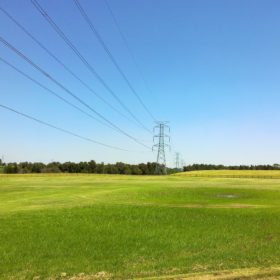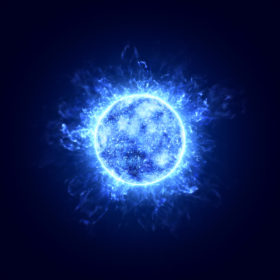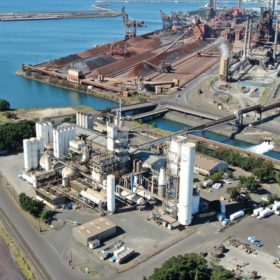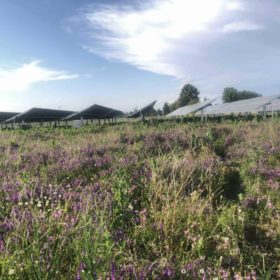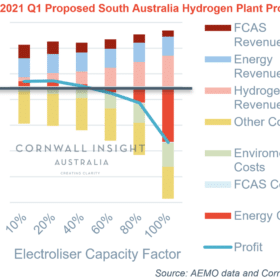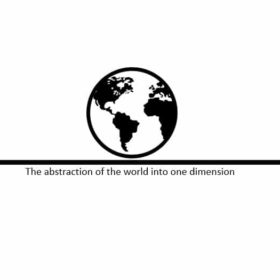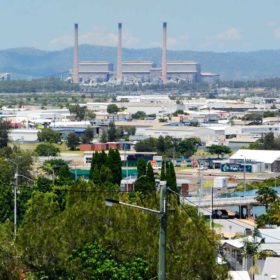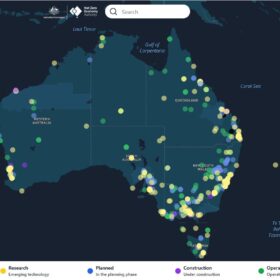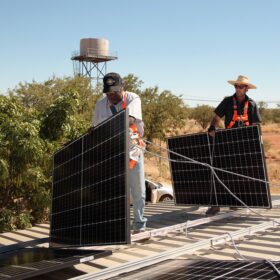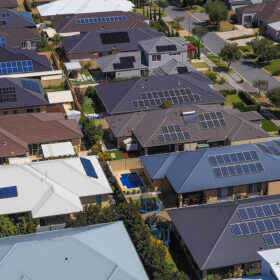Big battery market gets a leg up as rule maker proposes rewards for fast grid responses
The Australian Energy Market Commission, the country’s rule maker for electricity and gas markets, has this morning released proposals to reward fast frequency services in the National Electricity Market for the first time.
Australian aerospace firm to launch into space race with green hydrogen
Queensland-based Hypersonix Launch Systems has announced a partnership with BOC and its Bulwer Island Renewable Hydrogen Production and Refuelling pilot project. The deal will see Hypersonix use green hydrogen produced by solar electrolysis as rocket fuel to launch re-useable satellites into lower earth orbit.
Hydrogen overview: recent movements across the globe and at home
Hydrogen is heating up – not only here in Australia, but globally. This week has seen a flurry of news from the U.K. to South Africa, New Dehli to Switzerland. Pv magazine’s roundup of the latest hydrogen news and movements.
Global database for PV system performance
The database brings together photovoltaic performance data and meteorological values from PV systems located in all climate zones. It is being built by an international consortium including the Fraunhofer Centre for Silicon Photovoltaics CSP, and the Anhalt University of Applied Sciences.
Federal government commits a further $275m to regional hydrogen hubs, devotes similar sum to controversial technology
Australia’s federal government has pledged a further $275.5 million to develop regional hydrogen hubs and $263.7 million for carbon capture and storage technology in a pre-budget announcement ahead of the climate summit on Thursday.
Shaded solar parks found to be beneficial for pollinators and plants alike
Researchers in the US ascertained that the partial shading provided by solar parks creates a microclimate that favours the abundant growth of more varied flowers and pollinators. They also found that partial shading increases bloom abundance by delaying bloom timing, increasing forage for pollinators during the hot and dry late season.
Hydrogen plant in SA would already return millions in profit, research finds
A hydrogen production plant in South Australia would already be profitable, analysis from Cornwall Insight Australia has found.
Green hydrogen and the cable-pipeline dilemma
New research from Singapore has found that gas pipelines for the onshore transport of green hydrogen and the cables for the transport of electricity to produce it at a distant location have similar costs at a 4000 km transmission distance. For longer distances, gas pipelines were found to be cheaper than cables, although the electric lines are said to benefit from scaling up and higher utilisation. For both options, however, a currently too high hydrogen LCOE remains the biggest barrier to overcome.
First Solar claims lowest module degradation rate in the industry
The US cadmium telluride thin-film module maker said its Series 6 CuRe panels are able to retain 92% of its performance at the end of the 30-year warranty. The improved stability of the product was achieved by eliminating copper and placing Group V elements such as antimony or arsenic onto the tellurium crystal sites.
The manufacturing multiplier of BZE’s Renewable Energy Industrial Precincts
Business synergies, employment opportunities, leadership in decarbonising world markets. BZE has the ear of the Prime Minister, and research to inspire a statement of intent for renewable-energy-powered, competitive Australian manufacturing.
